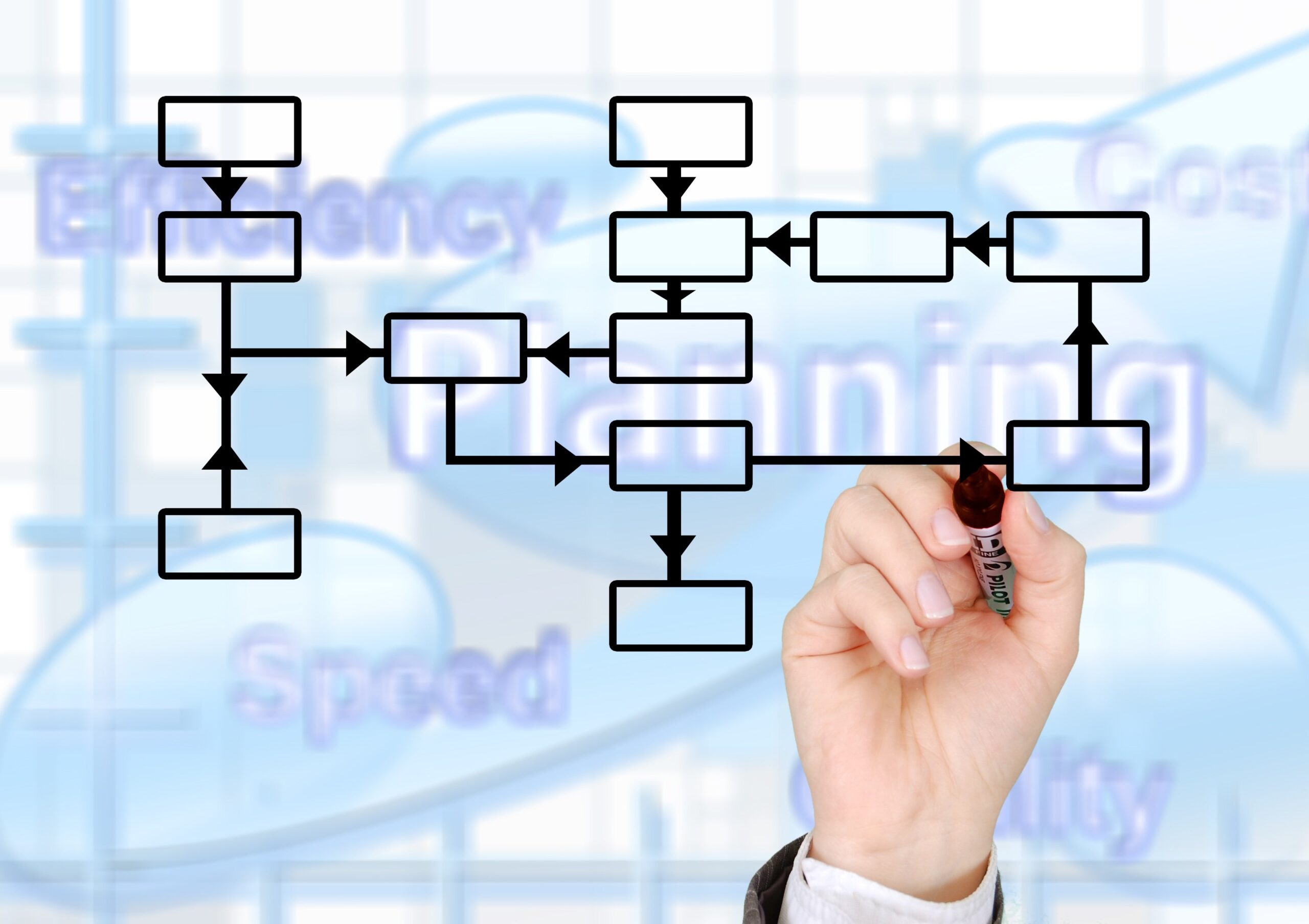India’s economic growth is projected to exceed 6% in the fiscal year 2023–24 and is expected to double its GDP by 2030. The logistics sector plays a crucial role in enabling this growth. However, the cost of logistics in India is around 14–18% of GDP, which is almost double the global benchmarks. Transportation is a complex and challenging aspect within the logistics sector, with an annual freight volume of approximately 4.6 billion tonnes, resulting in 2.2 trillion tonne-kilometers. The total cost associated with this freight movement amounts to around 9.5 trillion INR (~110 billion USD). Notably, about 70% of the freight is transported through roadways. India has an estimated 4 million trucks, and nearly 75% of these trucks are owned by individuals who own 1–5 trucks each. Addressing the challenges in the transportation sector is crucial to effectively support India’s growing economy. Key opportunity areas include business friendly policies, connected infrastructure, organizing the disorganized sector, addressing operational challenges, limiting carbon emissions, and reducing transportation costs.
The Government of India is actively supporting the logistics sector through substantial investments in infrastructure development, industrial corridors, and strategic initiatives such as PM Gatishakti. The Gatishakti initiative aims to create a National Master Plan (NMP) for network planning and infrastructure development, facilitating multi-modal connectivity for industrial clusters and economic zones. The government is implementing infrastructure projects through schemes such as Bharatmala and Sagarmala as part of the national master plan. In September 2022, the government released the National Logistics Policy (NLP) to improve logistics services through regulatory frameworks, enhanced processes, and digitalization. One of the key digital initiatives is the ‘Unified Logistics Interface Platform’ (ULIP) for data driven visibility and transparency. It is envisioned to integrate all logistics-related digital portals and IT solutions using APIs to facilitate multitudes of use cases such as logistics data exchange, container visibility, import clearance, freight index, road transport tracking, GHG emission calculator, etc. It cuts across departments and ministries such as civil aviation, ports, shipping and waterways, road transport & highways, railways, commerce & industry, electronics & information technology (MeitY), National Industrial Corridor Development Corporation (NICDC), etc. The objective is to provide several direct and indirect benefits to key stakeholders such as shippers, transporters, service providers, and government authorities through planning optimization, operational efficiencies and enhanced visibility.
While the government’s focus on infrastructure development and business-friendly policies is expected to unlock the potential of the freight transportation sector, there are still foundational building blocks missing, particularly in road transportation. Digitization levels among shippers are low, and the transport sector remains disorganized, with a significant number of individual truck owners. Manual processes and phone calls based on experience and instincts often drive the operations of transport executives which typically span across planning, booking, execution and monitoring. These decisions and actions have a significant impact on cost, customer satisfaction, climate, and capacity availability — the four Cs of transport management. Operational issues, especially with small or individual trucking businesses, further complicate matters, such as driver-related behavioral challenges.
While there are significant investments made in technology-driven companies focused on the last-mile fulfillment in the B2C segment, the larger opportunity in India lies in moving bulk shipments for B2B customers. Startups like SmarTruck are at the forefront of addressing the challenges in moving bulk shipments for B2B customers in India. They provide a range of innovative solutions, including workflow automation, digital proof of delivery, on-demand access to transport providers, and enhanced visibility. These technologies are tailored to the unique context of the Indian market, with features such as integration with WhatsApp to manage disconnected drivers. By leveraging government initiatives like ULIP, these tech companies tap into valuable data sources to solve the specific challenges faced in the Indian logistics landscape. For instance, they utilize FASTag data from ULIP to enable truck visibility, compensating for the nascent GPS tracking infrastructure. Advanced location technologies, exemplified by companies like NextBillion.ai, could play a pivotal role in this digital transformation. Their map tools and applications provide enterprise-grade location intelligence, allowing organizations to optimize planning and execution of road transportation operations. These technologies empower businesses by infusing layers of data and intelligence, customized to their needs and specific market/geography nuances, ultimately creating a unique intelligent map for every organization to support their business operations.
New government initiatives, such as the Open Network for Digital Commerce (ONDC), have the potential to revolutionize the entire ecosystem of buyers, sellers, and service providers. While the initial focus of ONDC is on B2C commerce, digital commerce in the B2B sector is gaining traction. Logistics technology providers can play a pivotal role in organizing the disorganized sector and exposing them to new opportunities through ONDC. Here is a simple schematic representing the technology play in tandem with the various promising government digital platforms.

By bundling technologies with the government’s initiatives, solution providers can address India’s unique challenges at scale and drive operational excellence, benefiting from cost efficiency, customer satisfaction, climate impact reduction, and enhanced capacity availability. Overall, with continued government support and the adoption of innovative technologies, India’s logistics sector and road transport in particular has the potential to overcome challenges and contribute significantly to the country’s economic growth and development.



